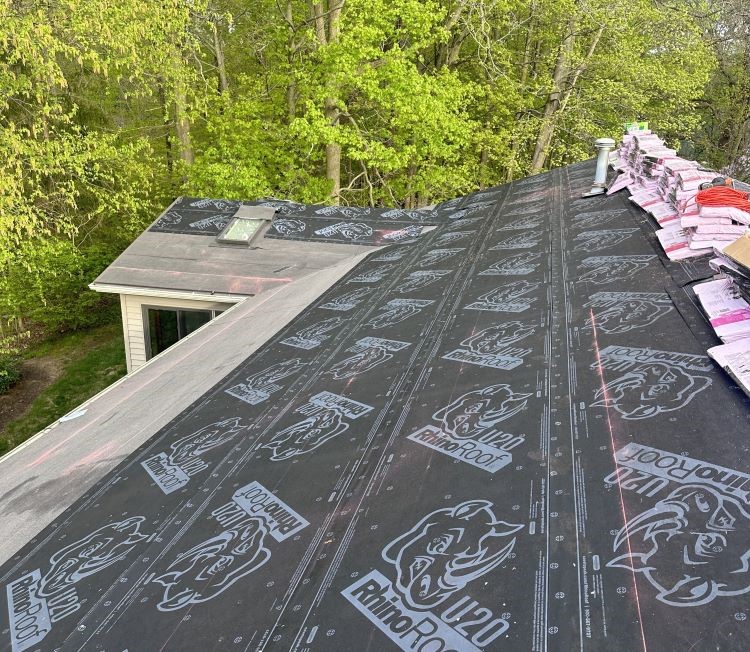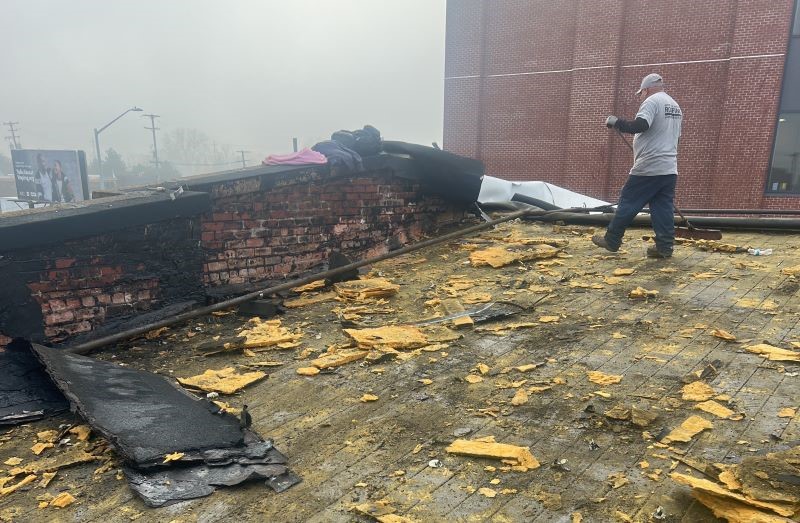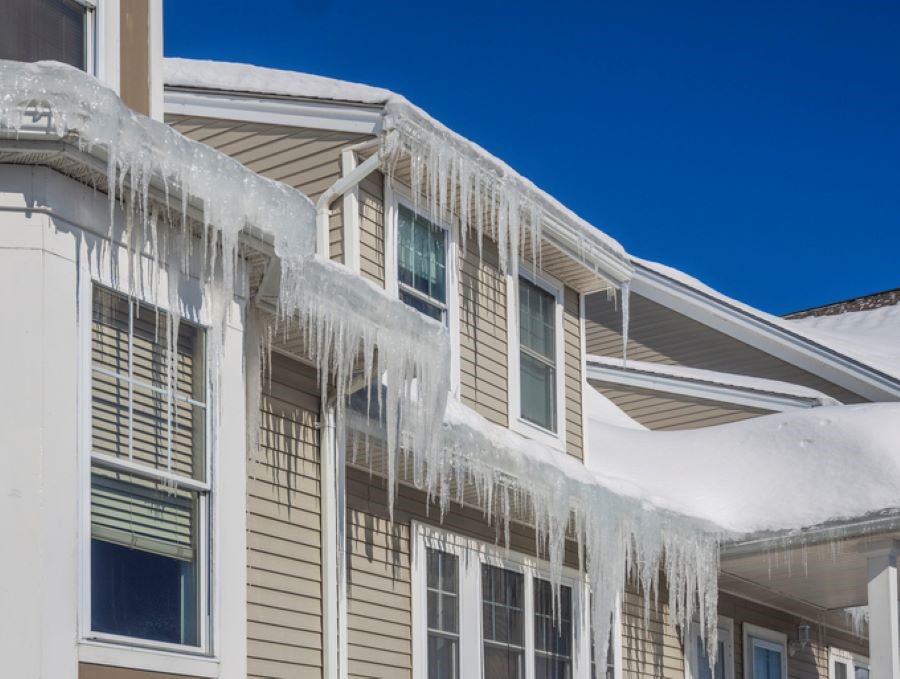
Naturally, you want your home to be beautiful. But your home’s siding is not just meant for appearances, and the material you choose should not be based entirely on aesthetics.
Siding is the most exterior part of your house, so it is your home’s first defense against the elements. It gets his with rain, snow, hail, wind, cold weather, hot weather, dry weather, humid weather--you name it. If it’s outside your home, your siding will feel it.
What happens if the siding fails? Up to 88% of homeowners in the United States view the exterior of their homes as one entity rather than a sum of its separate components. They are absolutely right. If damage occurs in one part of the structure, eventually it is bound to negatively affect every other part. Once moisture gets past the siding and enters your home, the very foundation is in jeopardy.
Facts You Need and Want to Know About Siding- There are more than 15 types of siding
- Wood siding is vulnerable to dry rot, which may not be easily seen by the naked eye
- Wood has a higher siding repair cost than aluminum and vinyl. Vinyl is the easiest to replace.
- Vinyl is the most popular siding material in the United States
- Vinyl siding was first available in the 1930s, but did not become popular for residential buildings until the 1970s
- Vinyl siding should be washed with a soft brush, a garden hose, and a mild cleaner
- Vinyl siding can expand and contract up to three-quarters of an inch in extreme temperatures
- A “square” of siding is equal to 100 sq. ft.
- Steel siding is significantly heavier than aluminum and requires extensive labor by your siding contractors. Steel siding is also vulnerable to rust. However, it is highly durable and has a lifespan of 20 years or more.
- Aluminum siding does not rust and it can be painted
- Siding for homes is usually rated for winds up to 110 mph.
- John Milkovisch added “aluminum siding” to his house in Texas by covering the exterior with 50,000 flattened beer cans.
Subscribe to West Michigan Roofing's Blog





Comments